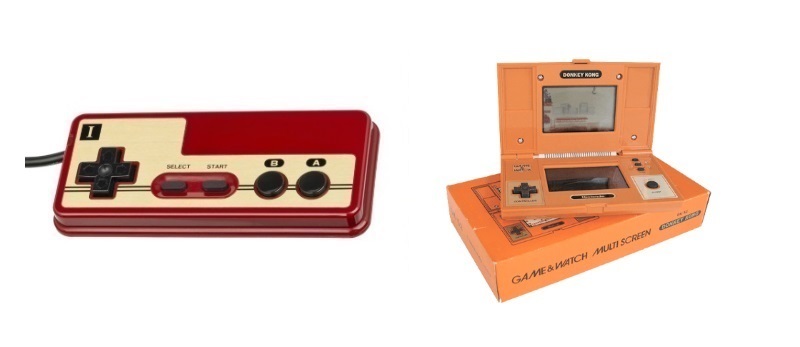
How do you control the characters in your video games? In the beginning it was Gunpei Yokoi who imaginated how LCD technology in a calculator might be used to create a miniature game. In early video beginnings, there were only three positions: one to the far left, one in the middle, and one to the far right. This one-dimensional movement action meant the Game & Watch control scheme would be fairly straight-forward to design; players would have one button on the left that moved their character left, and the other button moving their character in the opposite direction.
Pleading the Fifth
Nintendo wanted to convert their hit arcade game ‘Donkey Kong’ to the Game & Watch format, however they would need two screens to show an entire Donkey Kong stage and Mario needed to move in four directions — left, right, up and down allowing him to climb ladders. Ladders were often found in the middle of stages so the four-button control scheme like the one used in Manhole (and only allowed a character to be in four positions: up-left, up-right, down-left, and down-right) wouldn’t work. A fifth button was needed enabling Mario to jump since that was the core mechanic of Donkey Kong.
Yokoi developed the modern ‘cross’ D-pad design in 1982. He figured if there was only room for one button, then why not make it an all-directional control button. This was the D-pad in an early stage of development, a cross shape modelled out of plastic with a ball pivot placed underneath it. Once assembled, it was then positioned on top of the previous four-button design. Photo Credits: Evan Amos/Retrogamer
OFF the WALL
Dark Horse Digital is a two-person, bootstrapped Start Up. It began in 2013 embodying the trans-Tasman spirit of its founders: of mateship, ingenuity and endurance. Off the Wall are some fair dinkum fascinations shared with our Facebook Followers.
 Our BAM! Card Game
Our BAM! Card Game 



